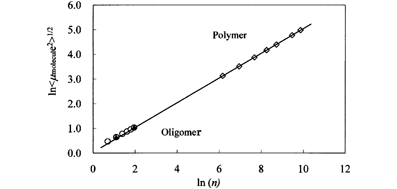H.
[Full Text PDF(J-STAGE)]
| Novel photo-functional materials, refractive-index-changing materials, argon fluoride (ArF) resist materials, and electron beam (EB) resist materials, were designed based on calixarenes, cyclodextrin, and noria. The changes of refractive index of calixarene derivatives with photo-reactive groups were in the range from 0.007 to 0.061 in thin films. ArF resist using a β-CD derivative provided a clearly resolved 100 nm line and space pattern. EB resist using noria derivatives provided clear line and space patterns at resolutions of 70 and 50 nm. |
 |

















